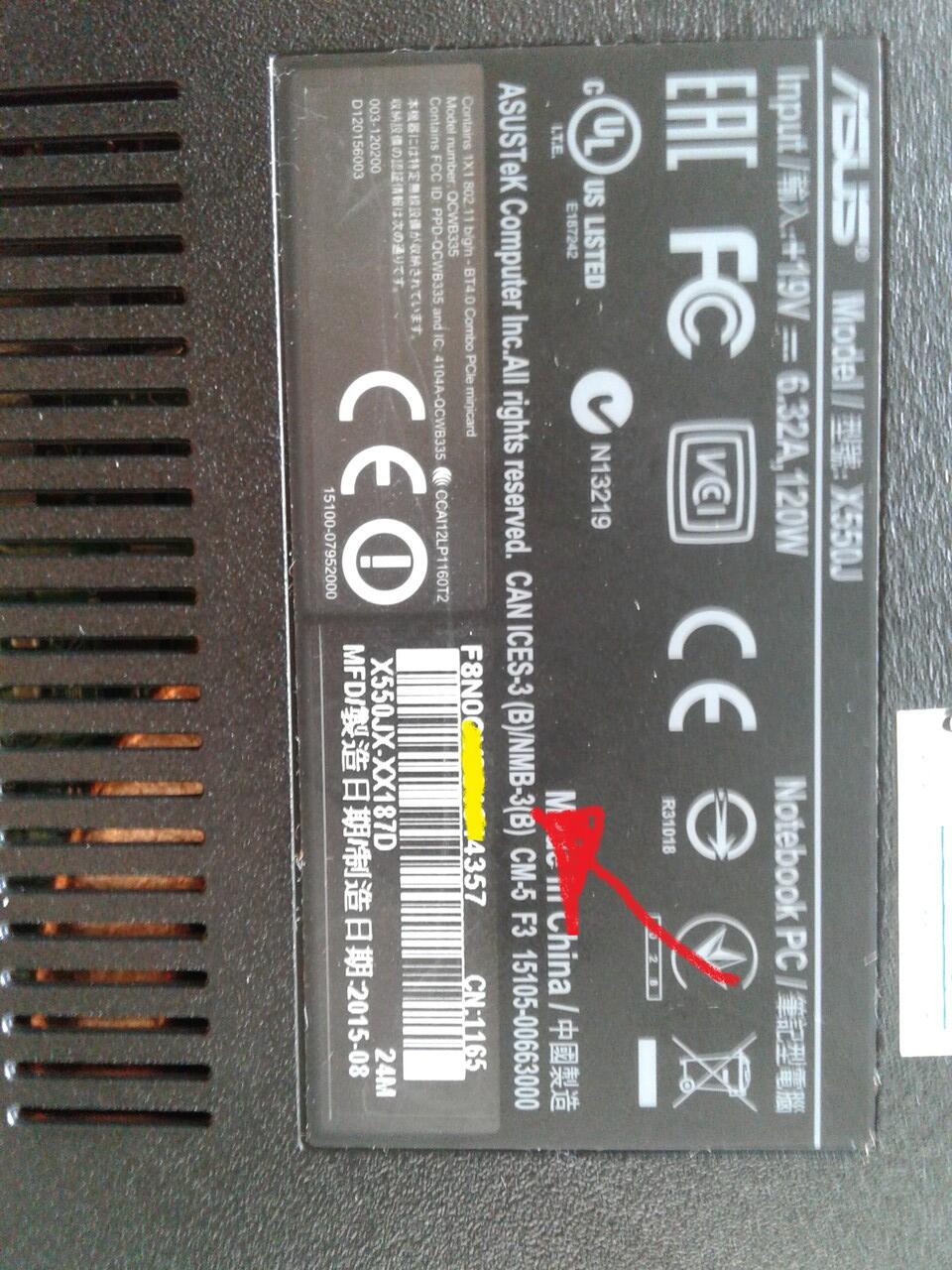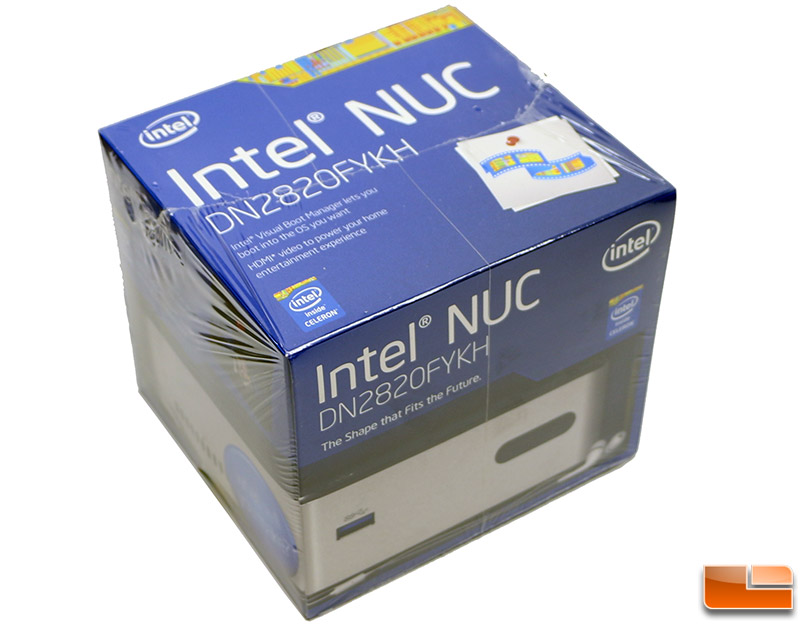Intel Processors Windows 7
Jan 16, 2016 Windows 7 and 8.1 won't be updated for future processors, starting with Intel's Skylake platform By Dante D'Orazio Jan 16, 2016, 6:11pm EST Via ZDNet and Techmeme Source The Windows. Skylake (Intel 6th Generation Core processors) will support Windows 7, 8.1,10. N alterative to installing Windows 7 on a Kaby Lake system is to Deploy a Windows Virtual Machine in Hyper-V on Windows 10 where you can install Windows 7 on the Virtual Machine.
Intel Cpu Windows 7
- Microsoft doesn't want you to use old Windows versions on new hardware. Users on Intel Skylake processors won't receive updates for Windows 7 after July 2017. And next generation processors will be Windows 10 only.
- Feb 11, 2019 Intel® Processor Identification Utility is a free software that you can install on your machine to identify the actual specification of your processor. It displays the Graphics information, Chipset information, Technologies supported by the processor, and other information.
- 1 Upgrade only: If you bought a system that came with Windows 7., Windows 8., or Windows 8.1., refer to your original equipment manufacturer (OEM) about upgrading to Windows® 10. 2 Intel Atom® Processors (code name Bay Trail) are supported for Windows® 10, 32-bit platform with the existing drivers that were delivered for Windows. 8.1.
When trying to install windows 7 it just says i don't have the required drivers to install win7.
I've tried everything from switching USB ports and setting USB 3.0 to auto in the bios using windows 7 USB DVD download tool til I finally found out that my 7th gen processor does not support windows 7
Is there any workaround for this? I'm going to give my dad my old PC and windows 7 is the only OS that he's familiar with.
Specs:
Intel Pentium G4560

GA-H110M-H Gigabyte ddr4 motherboard
4gb 2400mhz
250gb hdd
Edit: Thanks for all the help guys just decided to buy a cheap windows 10 key online. My dad loved it
When looking at a new processor for your PC, you will likely compare processors from Intel and AMD. Intel's most popular processors in the desktop world are the Core i3, i5, and i7 product lines. The Core i3 is entry level, and Core i7 processors are the more powerful hyper-threaded quad-core options.
Depending on your requirements, or if you need a faster and more capable CPU, you may want to go for an i5 or an i7. If you're on a budget, Core i3 may be your best option.
That's it, right? Unfortunately not. Intel's model numbers can be rather confusing. For example, do you know the difference between a Core i5-6400 and an i5-7600K? Not only are there tiers and different processor models, but also generations.
Here are some detail that should help you decide between the main families of processors, as well as the specific chips within each tier.
What do the numbers mean?
It's actually really easy to determine the generation a particular processor belongs to. Taking the examples above, the Core i5-6400 is sixth generation, while the i5-7600K is part of the most recent, seventh-gen. Simply look at the first digit in a model number, and you'll be able to tell if it's a newer or older processor.
The latter three digits determine the SKU and just how powerful the processor is within its immediate product line. The Core i5-7600K is more advanced than the i5-7500, for example. If you wish to go for the more capable CPUs, be sure to check the higher model numbers within a product line. It's worth noting if you're considering Intel's 7th-gen processors that they only support Windows 10.
What about the K located at the end of the Core i5-7600K? That is a suffix Intel uses to show specific features the processors sport. Here's a quick list of those suffixes:
- H - High-performance graphics.
- K - Unlocked for overclocking.
- Q - Quad-core (four physical cores).
- T - Optimized for efficient desktop computing.
- U - Ultra low power, usually found on laptop processors (slower than desktop chips).
This should solve the mystery of the codenames, but we always recommend double-checking processor features and specifications on store listings and Intel's Ark platform.
Which Intel processor right for you?
Now that we have the more complex processor codenames out of the way, here's a brief overview of the three processor families:
 Check the sticker label on the top side or the bottom side of the motherboard. The serial number is listed below the barcode. Check the sticker label on the side of the package box. The serial number is listed after the word “Serial No,” “SSN,” “S/N,” or “SN.” Notebook & Eee PC Check. Jun 08, 2012 Hey Guys, It's time for me to put on my dunce hat and pray that you can help me. When I did my last rebuild I paid no heed to boxes and serial numbers (Being the tech that I am I figured I had no need for that kind of thing) now I want to register my board but theres just one problem, I threw out the box. Now is there any way to get the serial number off the board itself.
Check the sticker label on the top side or the bottom side of the motherboard. The serial number is listed below the barcode. Check the sticker label on the side of the package box. The serial number is listed after the word “Serial No,” “SSN,” “S/N,” or “SN.” Notebook & Eee PC Check. Jun 08, 2012 Hey Guys, It's time for me to put on my dunce hat and pray that you can help me. When I did my last rebuild I paid no heed to boxes and serial numbers (Being the tech that I am I figured I had no need for that kind of thing) now I want to register my board but theres just one problem, I threw out the box. Now is there any way to get the serial number off the board itself.
- Core i3: Dual-core processors with hyper-threading.
- Core i5: Quad-core processors without hyper-threading.
- Core i7: Quad-core processors with hyper-threading.
Windows 10 Compatible Intel Processors
There are a number of differences between these product lines. The Core i3 processors don't support Intel's Turbo Boost technology, for example, and they also sport less cache than their Core i5 and Core i7 counterparts. Cache is an important specification that helps the processor perform specific tasks more efficiently. Think of it as the CPU's own super-RAM.
Intel's Core i3 is ideal for people who don't require much power. These processors are more affordable, and they have hyper-threading for improved performance under load but aren't powerful enough for advanced gaming or intensive applications. This line of CPU is best suited for PCs that will be used for email, word processing, light gaming, communications and web browsing.
The Core i5 takes a quad-core processor and strips out hyper-threading. This paves the way for four physical cores to handle everything Windows can throw at the component. The Core i5 family of processors is considered optimal for gaming and productivity. They won't destroy a budget and will be more capable of handling intense tasks than Core i3s.
We recommend the Core i7 series of processors for enthusiasts or for users who will be handling extreme applications, such as video and photo editing. This is the best of the best when it comes to Intel's processor offerings, sporting the most cache, the largest number of physical and virtual cores, and the most advanced integrated graphics.
Avast license file. Nov 01, 2018 (Total 10 Avast License File & Keys are included) Just in case if you are confused for how to activate the Avast license keys extracted from the Avast license file, then check out the simple method for quick activation of the license keys.This method will allow you to enter the license files automatically into the Avast license security. Here you can see above you need to insert a valid an Avast internet security license file key to access the license file. This is where you punch in the following; XHZ8FT-JUAKMJ-4KL496. This should get you a whole year’s Avast license file to use internet protection. How Do I Activate Avast Free Antivirus. Mar 22, 2019 It also works in any older version like Avast 2018, 2017, 2016, 2015, 2014, 8, 7, 6, 5 or v4.8. In the past, Avast was also using license files which were generated for a specific e-mail address. License files are luckily not used anymore and the only thing. We use cookies and similar technologies to recognize your repeat visits and preferences, to measure the effectiveness of campaigns, and improve our websites.

Windows 7 Intel Drivers
The Core choice is yours
Should you require a helping hand with a few examples for different PC builds, take a look at our buyer's guide for desktop processors:
Tools like CPU Boos are also available to help make comparisons between two processors a little easier. Generally speaking, Core i3s are more affordable, Core i5s are good for most general purposes, and Core i7s are for enthusiasts and those who require maximum performance.